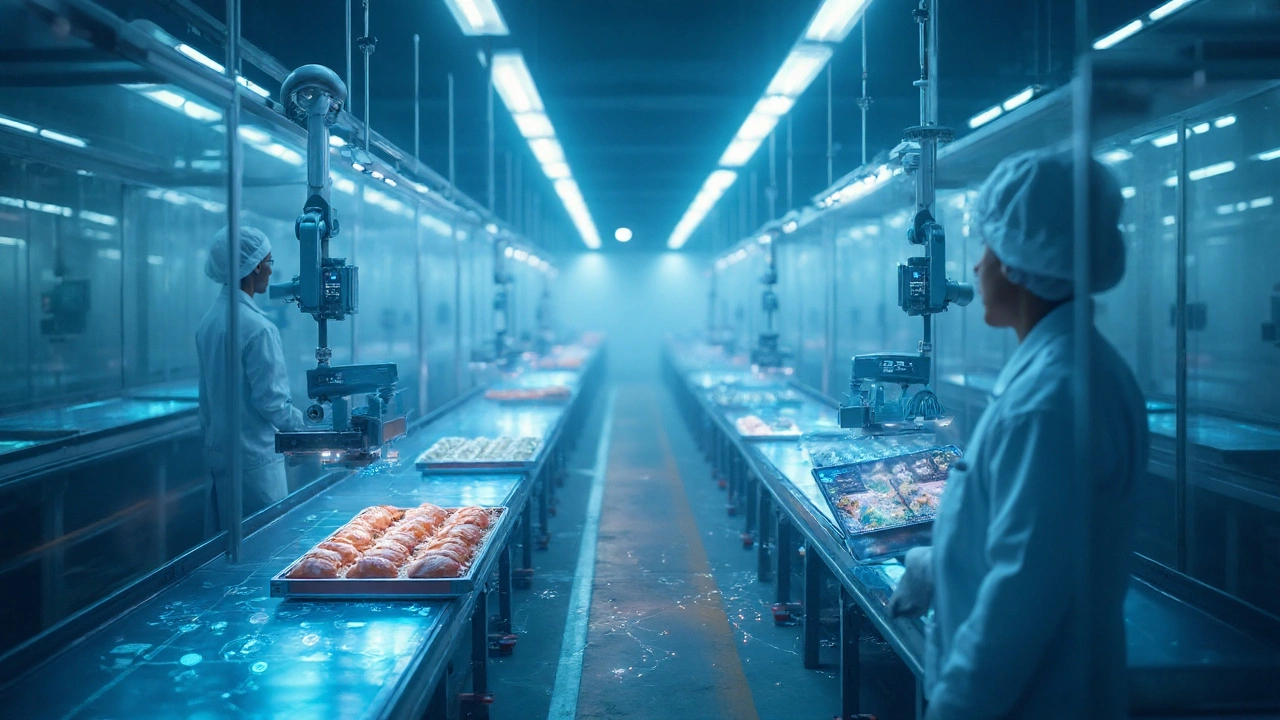Salmonellosis Prevention: How to Avoid Foodborne Illness and Stay Safe
When you eat something contaminated with salmonella, a type of bacteria that causes intestinal infection known as salmonellosis. Also known as Salmonella infection, it’s one of the most common causes of food poisoning worldwide. Symptoms like diarrhea, fever, and stomach cramps usually show up 6 to 48 hours after eating the bad food—and for some people, especially kids, older adults, or those with weak immune systems, it can land them in the hospital.
Salmonellosis doesn’t come out of nowhere. It’s tied to specific habits and foods. raw eggs, often found in homemade mayo, cookie dough, or runny sunny-side-up eggs are a top source. So are undercooked poultry, especially chicken that hasn’t reached 165°F inside. But it’s not just about what you eat—it’s how you handle it. cross-contamination, when bacteria from raw meat spread to counters, cutting boards, or ready-to-eat foods is just as dangerous. A knife used for raw chicken, then wiped off and used on tomatoes? That’s how it spreads.
Preventing salmonellosis isn’t about being paranoid. It’s about simple, smart steps you can take every day. Wash your hands after handling raw meat, eggs, or pet reptiles. Clean surfaces and utensils right after use. Don’t rinse chicken before cooking—it doesn’t help, and it splashes bacteria everywhere. Cook meat to the right temperature. Store eggs in the fridge. Avoid raw milk and unpasteurized juices. These aren’t just tips—they’re proven ways to cut your risk.
You’ll find posts here that dig into how certain medications can affect your body’s ability to fight infection, how supplements might help or hurt your gut health during recovery, and even how common drugs interact with your immune response. This isn’t just about food safety—it’s about understanding how your whole system reacts when something goes wrong. Whether you’re worried about your kids, aging parents, or just tired of getting sick after eating out, the guides below give you real, no-fluff ways to protect yourself.

How the Food Industry Prevents Salmonellosis: Key Practices & Impact
- Sep, 24 2025
- 20
Explore how the food industry tackles salmonellosis through safety systems, tech controls, traceability, and consumer education. Learn real‑world practices and future trends.
Categories
- Health and Wellness (51)
- Medicine (36)
- Health and Medicine (25)
- Women's Health (9)
- Mental Health (8)
- Men's Health (7)
- Beauty and Wellness (4)
- Health Information (4)
Archives
- December 2025 (14)
- November 2025 (25)
- October 2025 (27)
- September 2025 (14)
- August 2025 (3)
- July 2025 (2)
- June 2025 (2)
- May 2025 (3)
- April 2025 (4)
- March 2025 (4)
- February 2025 (2)
- January 2025 (3)
- online pharmacy
- medication safety
- dietary supplement
- health benefits
- dietary supplements
- prevention
- fertility
- online pharmacy Australia
- treatment
- treatment options
- benefits
- connection
- drug interaction
- drug interactions
- pregnancy
- Cancer Treatment
- depression medication
- antidepressants
- quality of life
- anxiety treatment
